‘Does anyone have a question?’ Marilyn Allis the teacher asked. Marilyn had been British champion in an art competition, had her own TV show, and taught on the ship for a free holiday.
‘Yes.’ I replied. ‘I’m a beginner. What’s a brush?’ It was said as a joke, but turned out to be serious.
‘Different sized brushes in the kit you just bought, are not needed.’ She held up a pink-handled brush. Thick ‘bristles’ tapered to a fine point. ‘I had this specially designed and only use this.’
(You can buy it on http://www.marilynallis.com/pages/bio.html )
Soon my mug of water was muggy, the box of paints was muggy, and my palette was muggy too. But somehow from the murky depths of mugginess, a brightly coloured Caribbean cockerel appeared on paper, then two children carrying a large pail, a cello player, houses and fields, boats in a calm sea, and the back end of a cow. Class-mates said how good they are. I still feel mugged with embarrassment.
My novice’s 7 secrets of watercolour painting
Secret 1. Sketch outlines with a pencil that’s easy to rub out. My rubber was soon black.
Secret 2. Splosh and dosh clean water across paper first. That’s a fun bit. Leave areas that need to be white, like clouds, dry.
Secret 3. Adding water makes paler shades. Red makes pretty pink. (White is rarely used.)
Secret 4. For background, add watered down pale colours to wet areas. Don’t be scared. Let colours run and meld in the wetness.
Secret 5. Hairdryer the wet paper before adding different or deeper colour. Otherwise sharp lines run and meld too.
Secret 6. At the end, use increasingly deeper shades (less and less water) to add shadows on clothes, objects etc.
Secret 7. After a few days, rub out sketch pencil lines.
There, a crash course of secrets. From today, water is not just my love, it’s my art form. But I’ll probably never be like my relation and hang a painting in the National Portrait Gallery. I'd rather work harder to relieve suffering in the world.
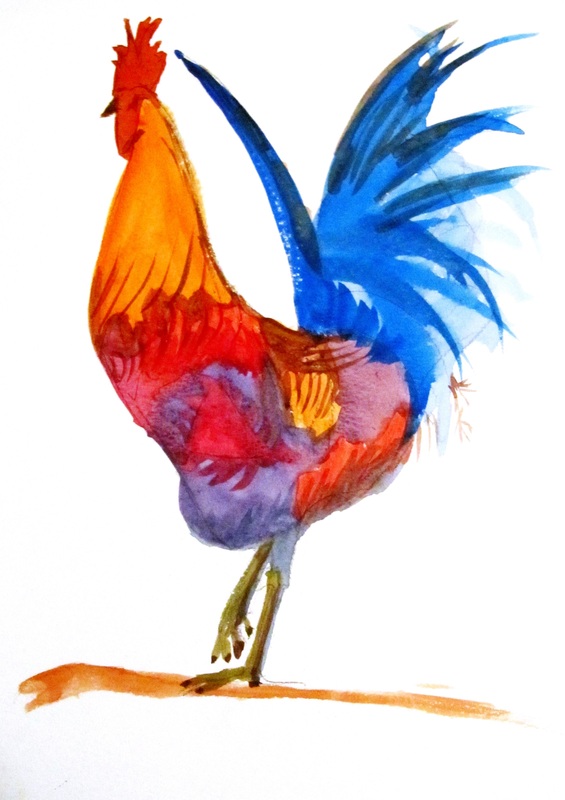
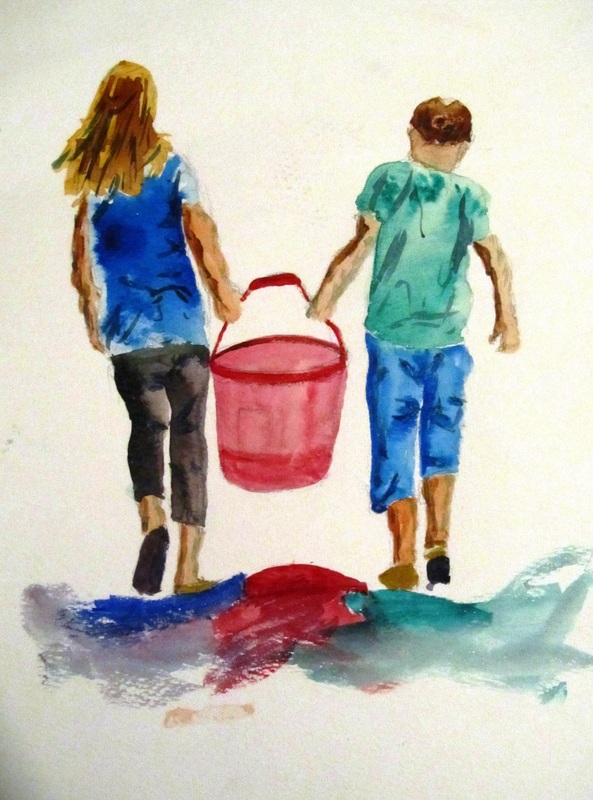
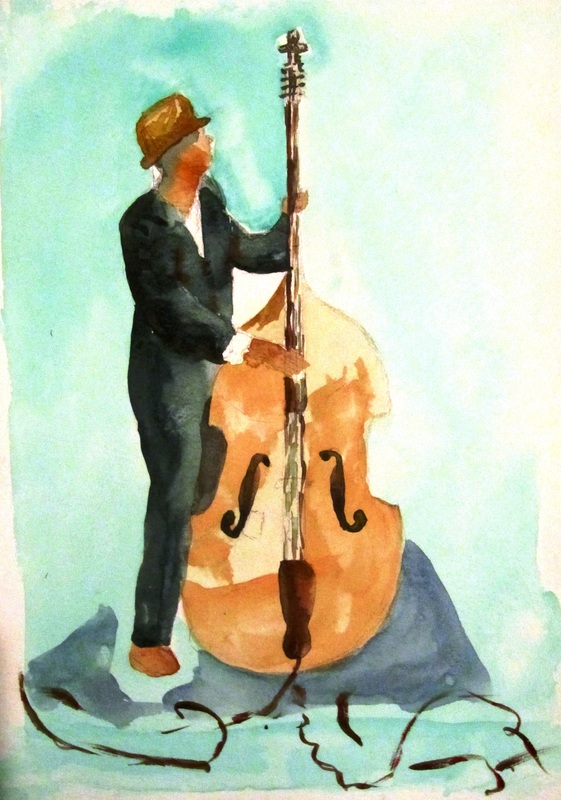
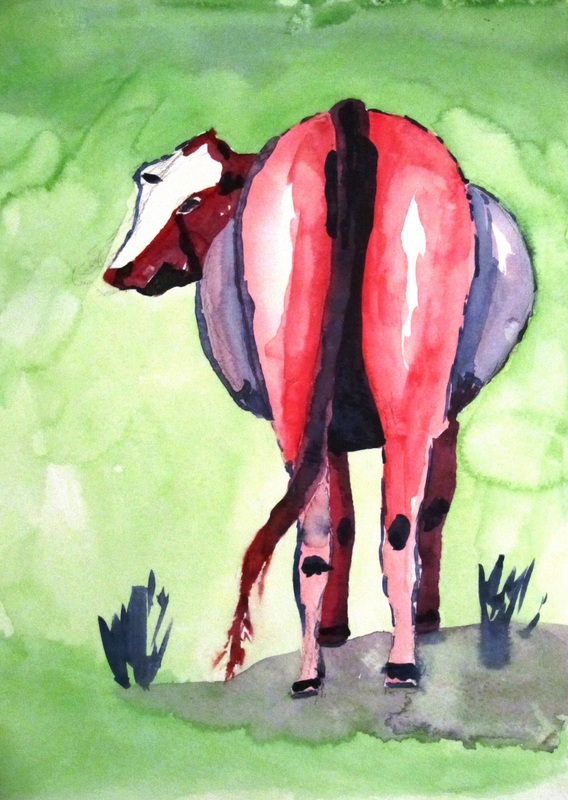

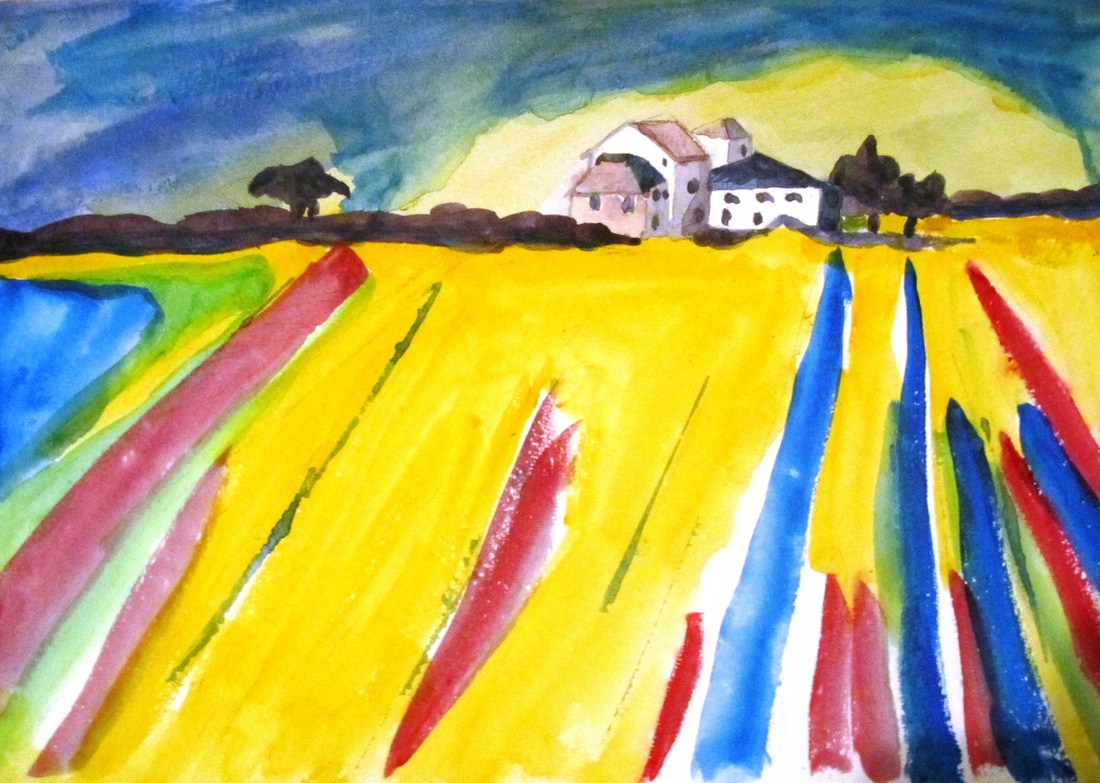
 RSS Feed
RSS Feed
